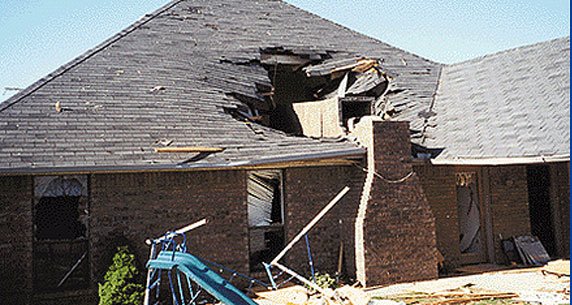Depending on the structure, residential or commercial, the process of seismic retrofitting can differ a bit. For instance, a residential home retrofit typically involves making sure that the framework of the house is and stays attached to the concrete foundation of the home. Likewise, the framework of commercial structures needs to be attached efficiently, but it is also necessary to maintain the foundation of the roof.
Essentially, the first stage of seismic retrofitting a building involves addressing the foundation and type of structure so that in the eventof an earthquake, a home or building does not slide, rack, or overturn off its foundation. In California, the earth is constantly moving as a result of seismic activity. At any moment, your home, or building is one earthquake away from severe structural damage or even worse, a complete collapse. Seismic retrofitting your foundation involves modifying it so it’s more resistant to severe activity.
Foundation Technology is the retrofitting leader in Los Angeles, California. Call (661) 451-7674 to speak with one of our retrofitting experts today and take the first step toward protecting what matters most in the event of an earthquake.
Retrofitting Solutions
Because earthquakes can deal a brutal blow to your home’s foundation, it is imperative to inspect your structure for seismic retrofitting needs. Here are various earthquake foundation bracing solutions that our team can help you with:
Foundation Bolting
Foundation bolting improves the connection between the wood framing of a structure and its concrete foundation. In the event of an earthquake, foundation bolting decreases the likelihood of your home or building sliding, shifting, or moving off its foundation. Application involves bolting a piece of wood, known as the sill or mill plate, from the structure into the concrete foundation. The type of foundation plates, plate washers, and bolts used, whether expansion or epoxy-set, are determined by the current conditions of the home or building and its foundation.
Cripple Wall Bracing
A cripple wall is a short, wood-framed wall that extends from the top of the concrete foundation to the bottom of the main floor in the crawlspace. The most common cause of earthquake-related failure is a cripple wall collapse. Fortunately, there’s a solution: with cripple wall bracing, you can prevent a collapse in the event of an earthquake. First, exterior siding is applied to cover and strengthen the cripple wall. Metal bracing, a sill plate, and brackets are bolted and glued with epoxy to secure the cripple wall to the foundation. Plywood sheer paneling is then applied to reduce sway.
Crawlspace Pier System
A final example of seismic retrofitting a building involves installing an adjustable crawlspace support system to stabilize floor joists or beams. It’s common for the floors of a home or building to fail amid shaking caused by an earthquake. The crawlspace support system known as the crawlspace pier system is the most effective solution to prevent collapse. Installation starts by placing a precast concrete base into a fill in the ground. The adjustable, heavy duty steel pier is then secured to both the concrete base and to the bottom of the beams or joists to provide support. If at any point the ground beneath the concrete base sinks, or the floor starts to sag, the adjustable pier can lift the floor back to a level position.
If you urgently need to seismic retrofit your foundation and protect your home or business from earthquakes, contact the professional team at Foundation Technology today.
BENEFITS OF SEISMIC RETROFITTING
SAVE LIVES & MEDICAL COSTS
A large earthquake can cause structural collapse, bringing an entire home, or building to the ground. Seismic retrofitting can ensure the safety of family members in your home or staff, tenants, and customers in your place of business.
RESTORE PROPERTY VALUE
In the event of an earthquake, the probable maximum loss (PML) is lower on a seismic retrofit property. Therefore, buyers will regard the property as a more valuable asset, and lenders will view it as a more secure investment.
AVOID LOST PROFITS
Whether it’s tenants having to relocate, loss of assets, decreased productivity, or ceased operations, the destruction caused by an earthquake can reduce, or even halt an organization’s profits.
PREVENT COSTLY LITIGATION
If a property has a substandard safety plan, it’s likely the owner will be plagued by litigation at some point in time. Seismic retrofitting will drastically reduce the vulnerability to lawsuits that result from injury, death, loss of wages, or loss of housing.
CITY CODE REQUIREMENT
Most cities in California, including Los Angeles, have ordinances that mandate property owners to retrofit their homes, buildings, or structures. Failure to comply can result in penalties ranging from large fines to a shutdown of business operations.
INSURANCE SAVINGS
Solid safety plans are rewarded with reduced insurance premiums. A seismic retrofit substantially reduces the costs of damage from an earthquake. It also demonstrates good faith in trying to protect a building and its occupants.
Call Us at (661) 215-6681 or Feel free to fill-up and submit the Contact Us form below.
